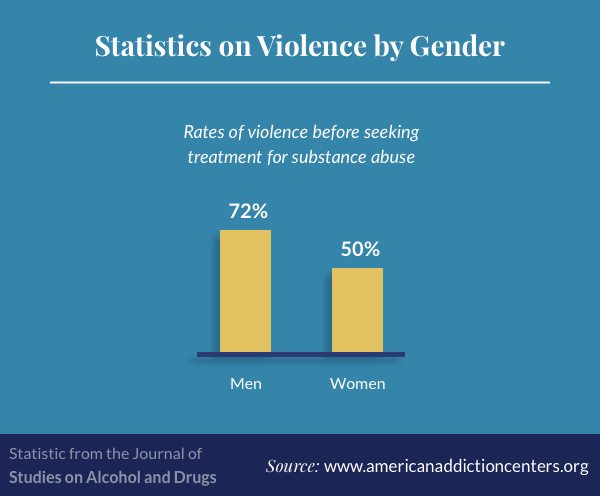Treatment planning is a vital part of the restorative process for individuals and the families that we serve. The treatment prepares you compose function as roadmaps for the clients' recovery procedure while in your care. When you're finding out how to write a treatment plan for compound abuse, it starts with a thorough biopsychosocial evaluation of the customer.
It will also include how his or her substance usage has affected all of the above. Most EMR systems need to have an easy biopsychosocial assessment readily available to utilize. When you compose a treatment strategy be sure to utilize these four steps: Recognizing the behavioral definitions/problem statements Goals Objectives Interventions The behavioral definitions, likewise known as "problem statements," are based upon the details that was gathered from the biopsychosocial assessment.
Usually, the clinician will determine a few highlighted problem areas to focus on for the behavioral meanings, which frequently associate with the medical diagnosis from the biopsychosocial. Some examples of behavioral definitions from the Wiley Treatment Coordinators are: "Continued substance use despite knowledge of experiencing relentless physical, legal, financial, occupation, social, and/or relationship problems that are directly brought on by making use of the substance - abstinence as a part of treatment is most realistic for which of the following types of addiction?.
Reports suspension of important social, recreational, or occupational activities due to the fact that they interfere with using." The next step in composing a treatment strategy is goal identification. What does your client wish to change while in treatment? Typically, a well-written drug abuse treatment plan will have 2 to three goals to accomplish while in treatment.
Bear in mind that together with each goal, you need to compose an objective that specifies what the patient will do to accomplish the goal, in addition to intervention, which specifies what the clinician will do to help the client finish the goal. Improve the lifestyle by preserving continuous abstaining from all mood-altering chemicals.
I will discuss this in a group setting and with my therapist within the very first 1 month of treatment. Intervention: Assign the client a research workout in which he/she determines high-risk self-talk, identifies biases in the self-talk, produces alternatives, and tests through behavioral experiments. Challenge the client to share in a group setting with his/her peers.

An Unbiased View of Why Isnt Addiction Treatment Funded
A general standard is that if you can not in fact see the customer do something, then it's an objective. A fine example of this is clients improving their lives. You can't see that. If you can see the customer do something, such find out new coping strategies, then it is an objective.
This concentrates on the qualities of being "Particular, Measureable, Attainable, Relevant, Time Delicate." It is essential for you to remember that as soon as the treatment strategy is composed it does not end there. The concept is that the treatment plan is dealt with as a living file, updated frequently throughout the course of treatment, as the client improves and meets target dates on his/her treatment strategy.
You can even upgrade the treatment strategy and designate homework to the patient each time you satisfy with them for specific therapy. What do you consider our design template? Is there anything you think we should add? If so, add it in the comments listed below. It is essential to do a thorough job on the treatment plan you develop.
You can see the functions of our EMR here that consist of the Wiley Treatment Coordinators and matching research. If you require aid understanding EMR vs EHR, you can read about it here. Complete the type below or click on this link to schedule a demonstration. Source:.
The good treatment plan is a comprehensive set of tools and strategies that deal with the customer's identifiable strengths in addition to her or his issues and deficits. It provides a method for sequencing resources and activities, and identifies benchmarks of progress to guide evaluation.Center for Substance Abuse Treatment( CSAT) 1994d, p. A treatment strategy.
is a map defining where customers remain in healing from substance usage and criminality, where they require to be, and how they can best use offered resources( personal, program-based, or criminal justice) to get there. At a minimum, the treatment plan works as a basis of shared understanding in between the client and treatment service providers.
Facts About What Is The Treatment For Alcohol Addiction Revealed

There are many methods to treatment planning, however they possess some standard commonalities; this chapter goes over each in further information. The severity of substance abuse-related problems need to be figured out, because this is the basis for suitable positioning in a treatment program. In addition, the existence of co-occurring psychological disorders should be examined because these might restrict the kind of treatment approach and identify the need for psychiatric care.
The degree to which the individual is motivated to change habits and way of life is another vital factor that has a bearing on whether motivational improvement interventions, sanctions, or more self-directed treatments are proper. Lastly, offender-clients should be associated with developing their treatment strategy so that they can be described suitable services in the neighborhood.
Typically treatment participation within the criminal justice system is based primarily on a conviction or plea to a drug-related offense. Although the number and kind of substance-related charges is sometimes a pretty good indicator of compound abuse and related issues, the offense classification alone is not a foolproof sign of treatment need or of appropriateness of recommendation to a specific program.
Utilizing numerous indicators for evaluating the intensity of a compound usage disorder is essential due to the fact that individuals with few substance-related problems usually do not respond favorably to extensive treatment and fail to relate to the process of healing. Close association with more severely impacted wrongdoers can result in the less-severe transgressor ending up being interacted socially into a criminal and drug-oriented lifestyle through contagion of attitudes and intro to a criminal social media network.
Normally this likewise involves taking a drug history that inquires about the frequency, dose, and types Drug Rehab Delray of drugs utilized. A drug history may also ask about the times at which, or settings in which, a culprit uses. Evaluation of the seriousness of a substance usage disorder may cause a real diagnosis of a compound use or reliance condition.
Also, most settings lack the competent staff and time required to make formal medical diagnoses, and customers are often in the setting for too brief a time to postpone treatment while waiting for official medical diagnosis of a compound use condition. In these settings, scientific impressions are more possible than are official diagnoses, and sound judgment, assisted where possible by standardized evaluation instruments, must prevail in choosing whether and how to offer treatment services.
About How Would A Solution Focused Therapist Approach Treatment For Addiction
Wrongdoers with extreme compound usage disorders have reasonably high rates of affective disorders, anxiety conditions, and character disorders. These conditions can add to the advancement of compound usage issues, or the psychological disorders may develop as a repercussion of the physiological results of long-standing drug use and the stressful or terrible life occasions that are frequently experienced as part of a lifestyle in which drug usage plays a central function (what is the treatment for drug addiction).
Typically encountered conditions include stress and anxiety, depression, and posttraumatic tension condition (PTSD) (Teplin et al. 1996). Developing programs to assist those with co-occurring psychological and substance use conditions requires incorporating treatments and modifying typically utilized interventions to take into consideration possible cognitive impairments and increased requirement for support amongst these people.